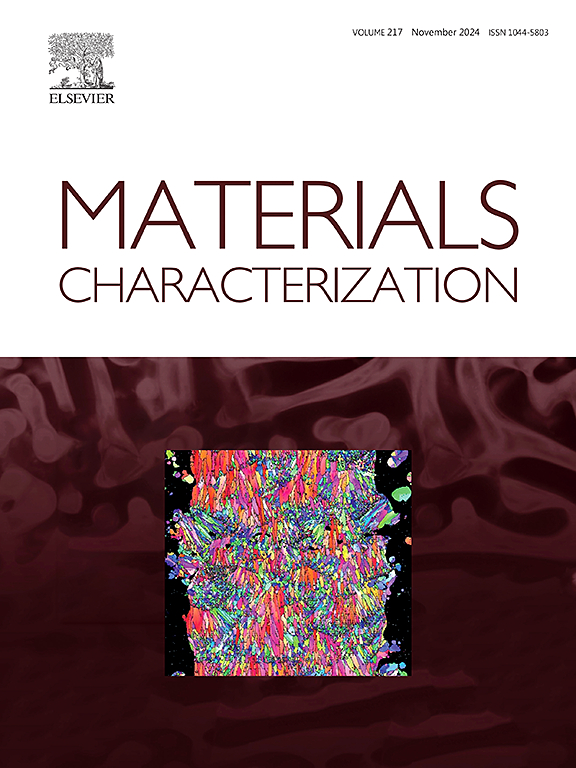Microstructure evolution and hydrogen embrittlement mechanism of a 2200 MPa press-hardened steel with tempering treatment
IF 4.8
2区 材料科学
Q1 MATERIALS SCIENCE, CHARACTERIZATION & TESTING
引用次数: 0
Abstract
This study elucidates the coupled enhancement of yield strength and hydrogen embrittlement (HE) resistance in a 2200 MPa press-hardened steel (PHS) through tempering treatments. The results indicate that as the tempering temperature rises, the dislocation density decreases, and the type of precipitated particles changes from needle-like ε-carbides to rod-like η-carbides. Quantitative strengthening mechanism analysis demonstrates that although dislocation strengthening diminishes by 176 MPa after 300 °C tempering, the overall yield strength increases by 186 MPa (reaching 1624 MPa) due to enhanced precipitation strengthening through the interaction between the ε/η-carbides and dislocations. Furthermore, the HE sensitivity of ultra-high strength PHS is governed by the diffusible hydrogen trapped in the dislocations and grain boundaries. Notably, the precipitated particles (semi-coherent (V, Nb)C and ε/η-carbides) effectively suppress both hydrogen-enhanced decohesion (HEDE) and hydrogen-enhanced localized plasticity (HELP) mechanisms by hindering the movement of dislocation‑hydrogen atmospheres. This synergistic effect achieves remarkable HE resistance (fracture strength loss of 1.3 % and displacement loss of 13.2 %) while maintaining ultrahigh strength.
求助全文
约1分钟内获得全文
求助全文
来源期刊

Materials Characterization
工程技术-材料科学:表征与测试
CiteScore
7.60
自引率
8.50%
发文量
746
审稿时长
36 days
期刊介绍:
Materials Characterization features original articles and state-of-the-art reviews on theoretical and practical aspects of the structure and behaviour of materials.
The Journal focuses on all characterization techniques, including all forms of microscopy (light, electron, acoustic, etc.,) and analysis (especially microanalysis and surface analytical techniques). Developments in both this wide range of techniques and their application to the quantification of the microstructure of materials are essential facets of the Journal.
The Journal provides the Materials Scientist/Engineer with up-to-date information on many types of materials with an underlying theme of explaining the behavior of materials using novel approaches. Materials covered by the journal include:
Metals & Alloys
Ceramics
Nanomaterials
Biomedical materials
Optical materials
Composites
Natural Materials.
 求助内容:
求助内容: 应助结果提醒方式:
应助结果提醒方式:


